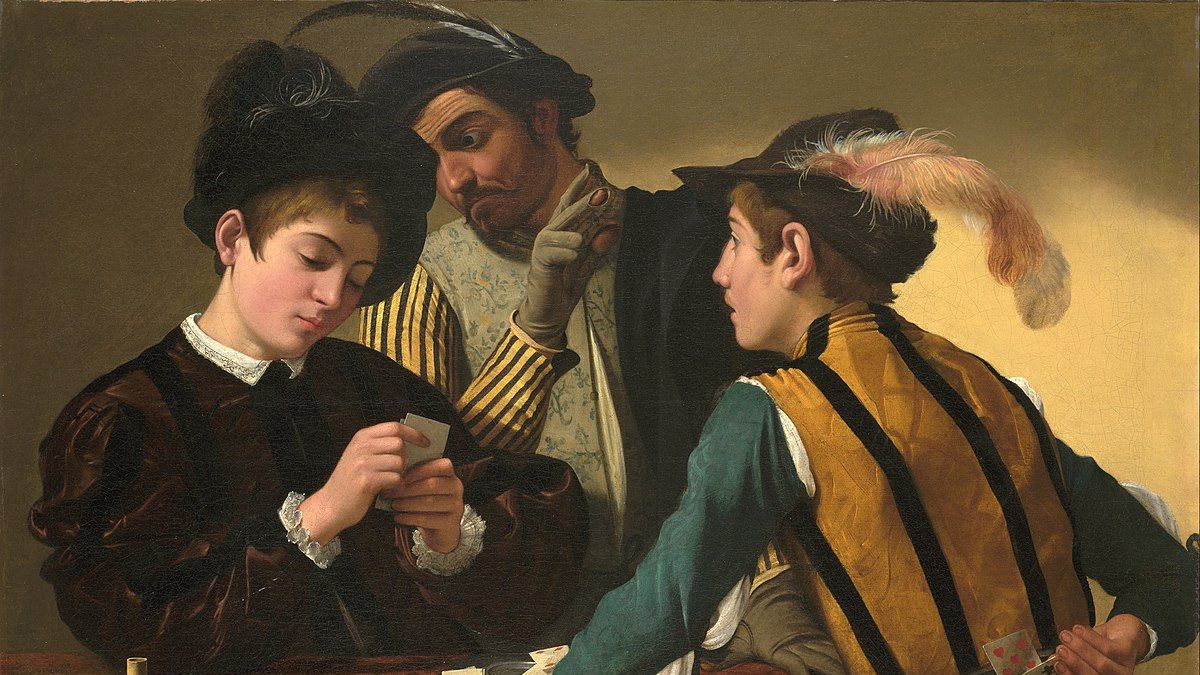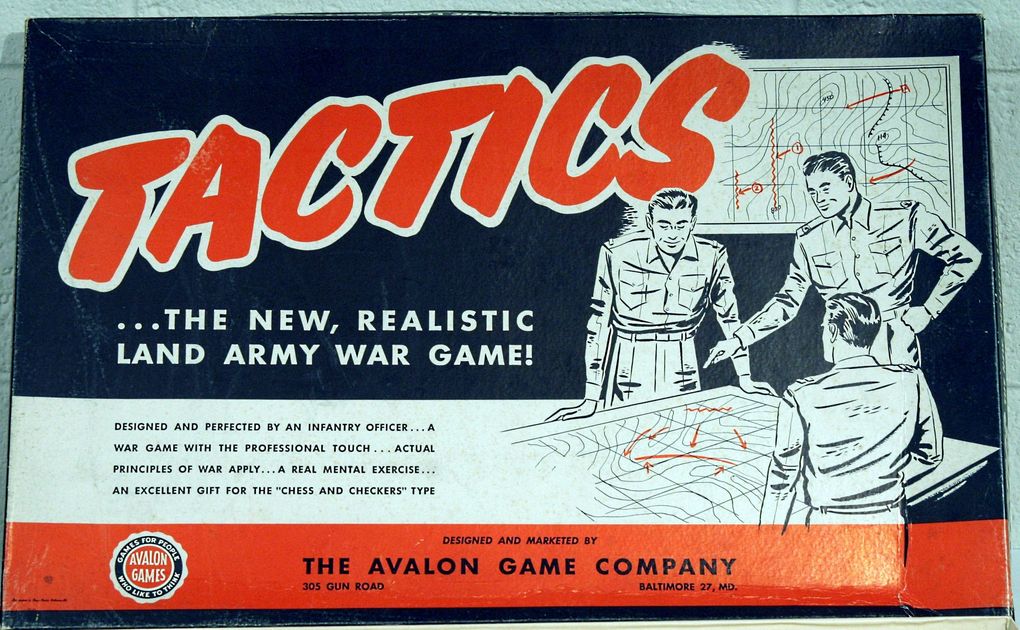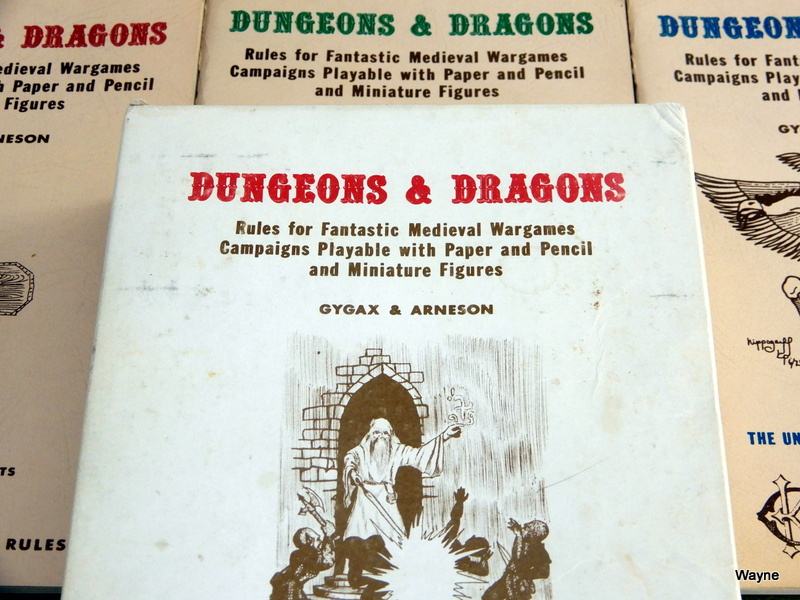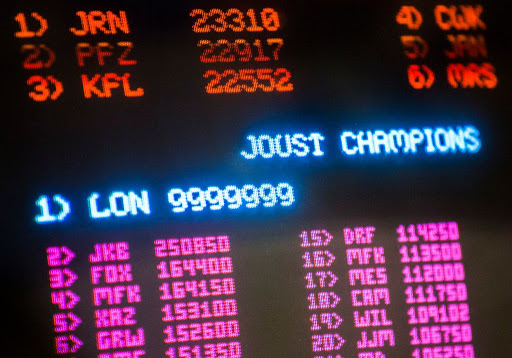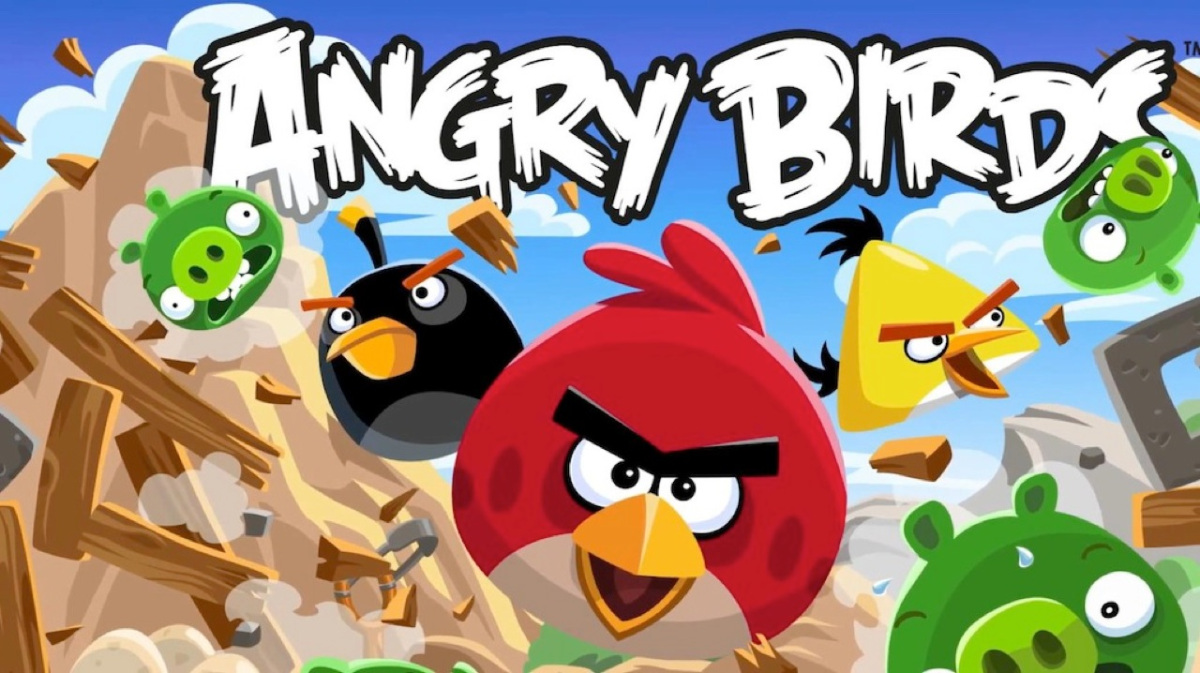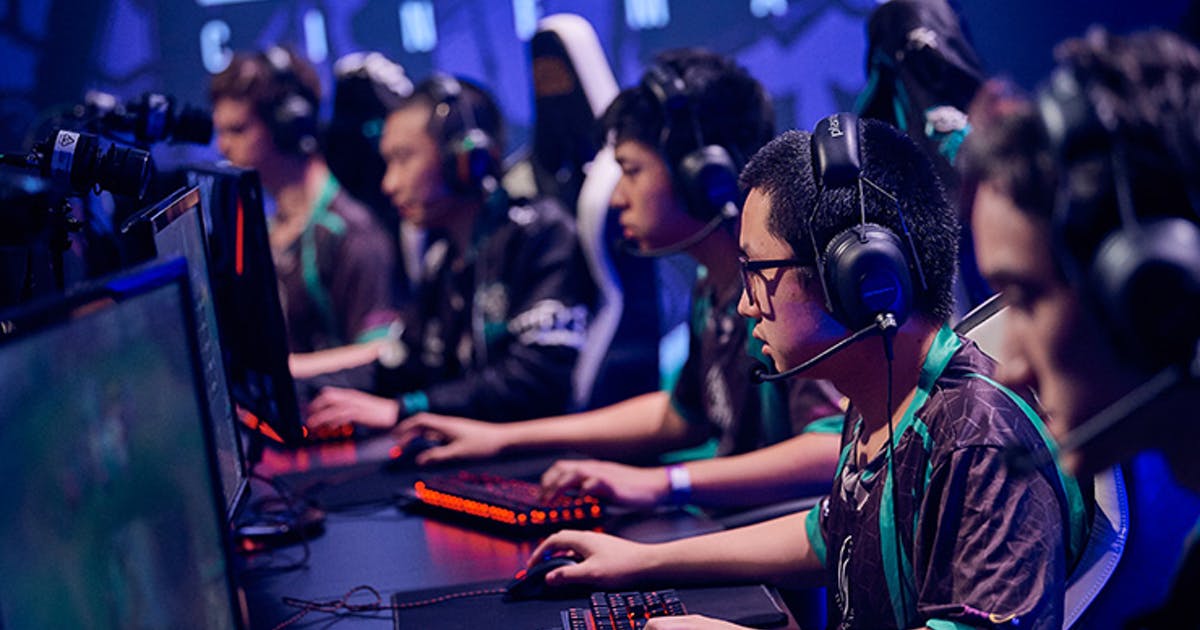The Evolution of the Term 'Gamer'
If you’re reading this, chances are you identify as a gamer. But have you ever wondered what that really means? The word “gamer”...
Published 3 years ago in Wow
The word “gamer” actually dates back to the 15th century. And you might be surprised at how much this term has changed and evolved over the centuries.
1
A Gambling Man
As we noted in the intro, the word “gamer” dates back to the 15th century. And back then, it obviously had nothing to do with video games.
Instead, “gamer” referred to anyone who played dice, sports, or gambled. It was a bit of a catch-all term throughout the world for centuries. But the term wouldn’t catch on in America until a very specific kind of game emerged.2
Early War Games
In America, the earliest uses of the term “gamer” did refer to those who play games. But instead of playing video games, these were players who enjoyed wargames!
Recreational wargames weren’t originally an American tradition. They originated in (where else?) Germany. But while these early games often required players to create materials aside from the rulebook, Charles S. Roberts changed the game when he created released Tactics in 1954.
This had everything inside for gamers in America and elsewhere to open the box and get to playing. Roberts would later go on to create the successful and influential Avalon Hill Gaming Company. But within a few decades, the meaning of “gamer” would change once more.3
RPG Players
Dungeons & Dragons came out in 1974. It originally billed itself as a wargame to capitalize on the popularity of that genre. But as wargaming’s popularity faded, D&D was proud to simply call itself an RPG.
At this point, video games were starting to emerge in homes and arcades. But for the better part of the ’70s and early ’80s, the term “gamer” primarily referred to those who played RPGs like D&D. And this kind of gaming was such an iconic part of the early 80’s that it became a kind of framing device for the hit show Stranger Things.4
Gaming Hierarchies Emerge
RPGs never really flagged that much popularity, and games like D&D are more popular now than ever before. But with the explosion of both popular arcade games and game consoles that you could buy and play at home, the term “gamer” came to refer to anyone who enjoyed video games.
However, gamers themselves quickly decided that not all gamers are created equal. And this led to the kind of gaming hierarchies that are still in place today.
For example, there were plenty of casual gamers (referred to as “newbies” as early as 1981) who might put a quarter in the occasional Space Invaders machine but otherwise did not care about games. And there were plenty of standard (or “regular,” or “normal”) gamers who spent plenty of time in arcades or at home mastering their gaming skills.
Finally, there were the hardcore gamers that competed for dominance at the top of any given game’s high scores. And this led to the modern tradition of hardcore gamers scrabbling for achievements, trophies, and the top spot of competitive leaderboards.5
A New Kind of Casual Gamer
In the olden days of gaming, a casual gamer would simply be someone who played the occasional video game. But as home console games became more popular and smartphones arrived on the scene, a new kind of casual gamer emerged.
For example, the early days of gaming typically featured titles marketed mostly to boys and men. But developers eventually sought to lure in women, children, and even elderly demographics by creating casual games ranging from The Sims to Angry Birds.
And this led to a kind of schism in the gaming community. On one hand, the popularity of these casual titles meant more people were playing video games than ever before. However, many questioned (and continue to question) whether these casual games should really be counted as games and whether their fans should really be counted as gamers.6
Going Retro
They say that everything old is new again. And for gamers, this eventually became very true!
Retro gaming has existed for many decades. This included those who still returned to the heyday of the Atari 2600 or their local arcade even as 8-bit, 16-bit, and 32-bit systems took the world by storm.
But retro leveled up in the 1990s with the release of various game emulators. All of a sudden, gamers could explore yesterday’s hits by simply downloading an emulator and a ROM file instead of snagging an old system and a bunch of cartridges.
Emulation only became easier over the years, and retro gamers can now pack dozens of entire console libraries on a single RetroPi. Meanwhile, various companies perfected flash drives allowing you to play thousands of ROM files on original hardware.
The library of “retro” titles grows every year, as do the ways to enjoy these classic games. And retro gamers will always have a place in the landscape of modern gaming.7
Going Pro
As we touched on before, the early days of hardcore gaming were mostly about having the top spot on your local arcade’s high scores. And the best of the best might have vied for a top spot in the records of Twin Galaxies.
However, when home consoles connected to the internet, we had a Renaissance of multiplayer gaming. Instead of lugging your heavy Xbox to a friend’s house, you could now hop on Xbox Live and square off with gamers around the world.
This led to companies such as Major League Gaming sponsoring top players to compete in tournaments with major cash payouts. And this tradition is alive today, with eSports becoming a dominant force in the entertainment industry.
And with the advent of Twitch, many of these pro gamers realized they could make far more money directly from their fans than by simply hoping they win a few major tournaments each year.

